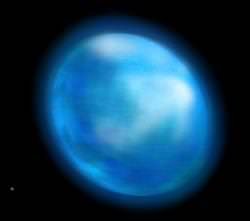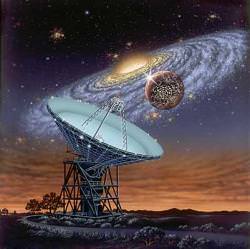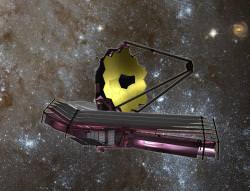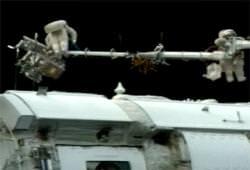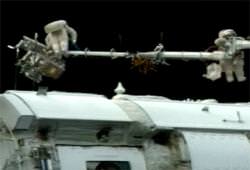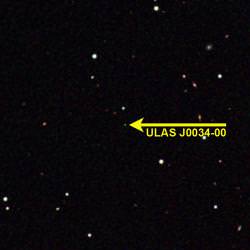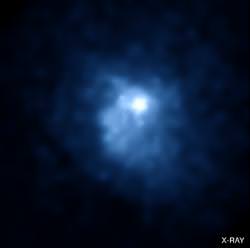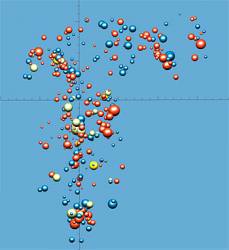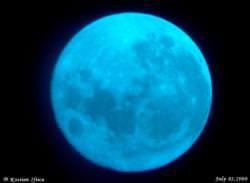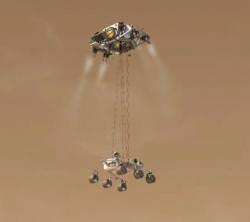I’ve got to say, I nearly fell out of my chair when I read this today. NASA Administrator Mike Griffin was interviewed on NPR about the threat of global warming. Apparently, he’s not convinced it’s a problem.
When it comes to the science on global warming, NASA is one of the good guys. They’ve got a fleet of spacecraft and aircraft analyzing every aspect of the planet. They measure ice levels, global temperatures, cloud cover, ocean levels, snow melt, rainfall patterns, dust storms, desertification and more. It’s amazing how many scientific instruments they have working on this project. They have luminaries from the scientific community working for them, like Dr. James Hansen.
And they release a hail of press releases. Just from the last week, we’ve got a story about how they detected increased snow melt in Antarctica, measuring Greenland’s glaciers, and a new release about how the Earth’s climate is approaching the point of no return.
Here’s what Griffin said on NPR:
I have no doubt that … a trend of global warming exists. I am not sure that it is fair to say that it is a problem we must wrestle with.
So he’s convinced that global warming is happening and it’s man made. But he thinks it’s arrogant for humans to decide what the perfect climate is.
… I would ask which human beings – where and when – are to be accorded the privilege of deciding that this particular climate that we have right here today, right now is the best climate for all other human beings. I think that’s a rather arrogant position for people to take.
Wow.
Sure, there’s a possibility that dramatic climate change could end up being better overall for the majority of humans on Earth, on average.
But there’s also a possibility that it’s not the case. That severe climate disruption will be terrible for a huge percentage of the population of the Earth. That the wrenching effects of change will hit the people least able to defend against it, and will suffer the most: the poor in undeveloped countries. Griffin thinks it’s okay to roll the dice. That’s it’s arrogant to not roll the dice.
If it’s okay to take that chance; if it’s arrogant to err on the side of caution, why bother investing in climate science at all? Just cut the funding, and take your chances.
NASA went into damage control mode today after Griffin’s statement, and posted a statement on its website.
“NASA is the world’s preeminent organization in the study of Earth and the conditions that contribute to climate change and global warming. The agency is responsible for collecting data that is used by the science community and policy makers as part of an ongoing discussion regarding our planet’s evolving systems. It is NASA’s responsibility to collect, analyze and release information. It is not NASA’s mission to make policy regarding possible climate change mitigation strategies. As I stated in the NPR interview, we are proud of our role and I believe we do it well.”
But this statement doesn’t really take back what Griffin said. I suspect he’s going to have an uncomfortable few weeks.

